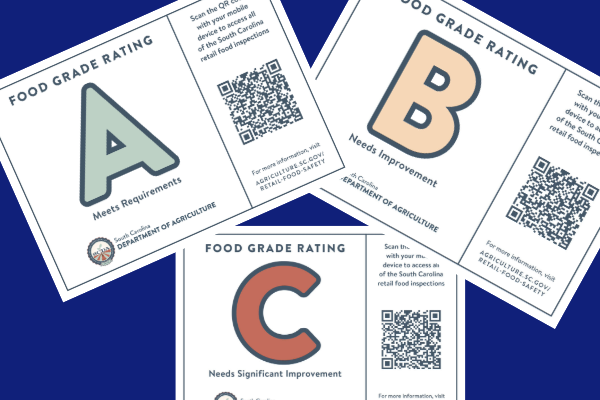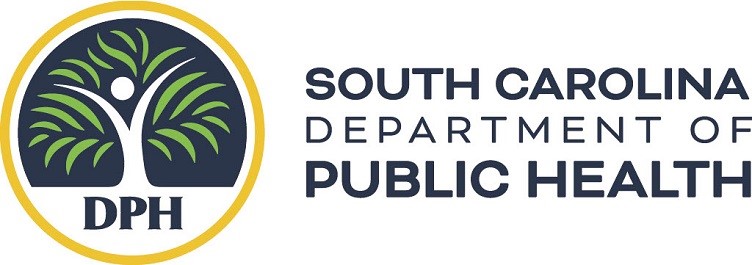The March 31 meeting focused on reviewing the interim report on zoning code revisions, discussing potential consolidation of zoning districts, and planning for public input on proposed amendments. Staff outlined the current timeline, emphasizing that the commission’s feedback would guide the drafting of text amendments due in May. There was also considerable discussion on how to schedule and incorporate public input, particularly in rural areas most affected by the proposed changes.
-
Meeting held March 31 at 5:00 PM.
-
Purpose: Review zoning project updates and interim findings.
-
Discussion included zoning code revisions, public input timing, and next steps.
-
Staff proposed finalizing recommendations in May with adoption potentially beginning in June.
-
Public input meetings are tentatively scheduled after the next committee review in April.
Public Input Plans
The commission discussed the importance of public input, especially given the potential impact of zoning changes in rural communities. Suggestions included holding three to four regional meetings across the county, along with targeted stakeholder sessions with groups like the Farm Bureau, developers, and surveyors. The preference was to host these after the final report is presented in May.
-
Plan to hold 3–4 regional meetings (Western/Southern York County).
-
Direct stakeholder meetings with local industry professionals considered.
-
Public input would follow the release of the final report.
-
Goal is to balance timely adoption with inclusive engagement.
Zoning District Consolidation Proposals
A major focus was on the number of existing rural zoning districts (AGC, AGC1, RU, RUD1) and the limited distinctions between them. Staff presented multiple consolidation options:
-
Option 1: Merge AGC with AGC1 and RU with RUD1.
-
Option 2: Merge AGC1 with RUD1 into a “Rural Estate” zone.
-
Option 3: Create an additional zoning district to bridge current gaps.
Consensus leaned toward Option 1, combining AGC/AGC1 and RU/RUD1, with continued debate about how to handle manufactured homes and lot size minimums.
-
Minimal functional difference between the four rural zones.
-
Staff recommended consolidation to reduce complexity.
-
Manufactured home allowance was a key sticking point.
-
Suggested keeping RU/RUD1 distinct if manufactured housing exclusions remain important.
Minimum Lot Size Debate
York County’s current five-acre minimum in AGC districts is one of the highest in the state. Most peer counties cap minimums at one to two acres. Staff proposed reducing the minimum to three acres to allow more flexible subdivisions while maintaining rural character. Alternatives discussed included introducing a new zoning district between the current five-acre and one-acre standards.
-
Current AGC minimum lot size: 5 acres.
-
Staff proposed lowering to 3 acres or introducing a transitional district.
-
Goal: Preserve rural character while offering more flexibility.
-
Concerns raised about potential encouragement of denser development.
Manufactured Homes and Use Permissions
Participants discussed expanding permitted uses in the consolidated districts. Manufactured housing, which is currently restricted in some zones, became a focal point. Some members favored allowing manufactured homes across all rural zones, perhaps with conditions based on lot size. Other debated uses included:
-
Assisted living facilities
-
Farmers markets
-
Breweries/wineries
-
Solar farms
-
Manufactured homes: Mixed opinions; possible conditional approval based on lot size.
-
Assisted living, farmers markets, and wineries were generally accepted as permitted or conditional uses.
-
Solar energy facilities were recommended for special exception status to ensure community oversight.
Residential Subdivision and Lot Averaging
The committee reviewed a past provision (removed in 2019) that allowed smaller lot sizes in AGC zones via a three-acre average. While it enabled more flexible development, it was seen as inequitable to individual landowners. The current suggestion is to consider a simpler three-acre minimum standard across AGC zones without reintroducing the subdivision loophole.
-
Three-acre average subdivision rule was previously exploited.
-
Proposal: Uniform three-acre minimum instead of complex averaging.
-
Aligns developer and individual landowner requirements.
-
Aims to prevent piecemeal developments in agricultural zones.
Family Exemption and Subdivision Loopholes
A recurring concern was the need to preserve agricultural land while still allowing families to subdivide property for relatives. The commission acknowledged previous abuses of the family exemption system and expressed a desire to better define and control its application. Comparisons to other counties showed a wide range of approaches, with some lacking a family exemption entirely.
-
Family exemption allows subdivision without rezoning for relatives.
-
Staff flagged prior misuse, especially in rapidly developing areas.
-
Suggestions included tailoring exemption rules more strictly.
-
Commission aims to support multigenerational farming without encouraging speculative development.
Consensus and Next Steps
By the meeting’s end, there was general agreement on several fronts:
-
Proceed with Option 1 to consolidate zoning districts.
-
Lower AGC minimum lot size to 3 acres (tentative).
-
Accept more flexible uses in consolidated districts.
-
Draft updated text amendments for review by the next committee meeting (target: April 29).
-
Consolidation and use changes will be incorporated into May’s final report.
-
Public input sessions to follow, likely in late May or early June.
-
Final approval process to include Planning Commission and County Council readings.
Sign up for our Sunday Spectator. Delivered to your inbox every Sunday, with all the news from the week.















